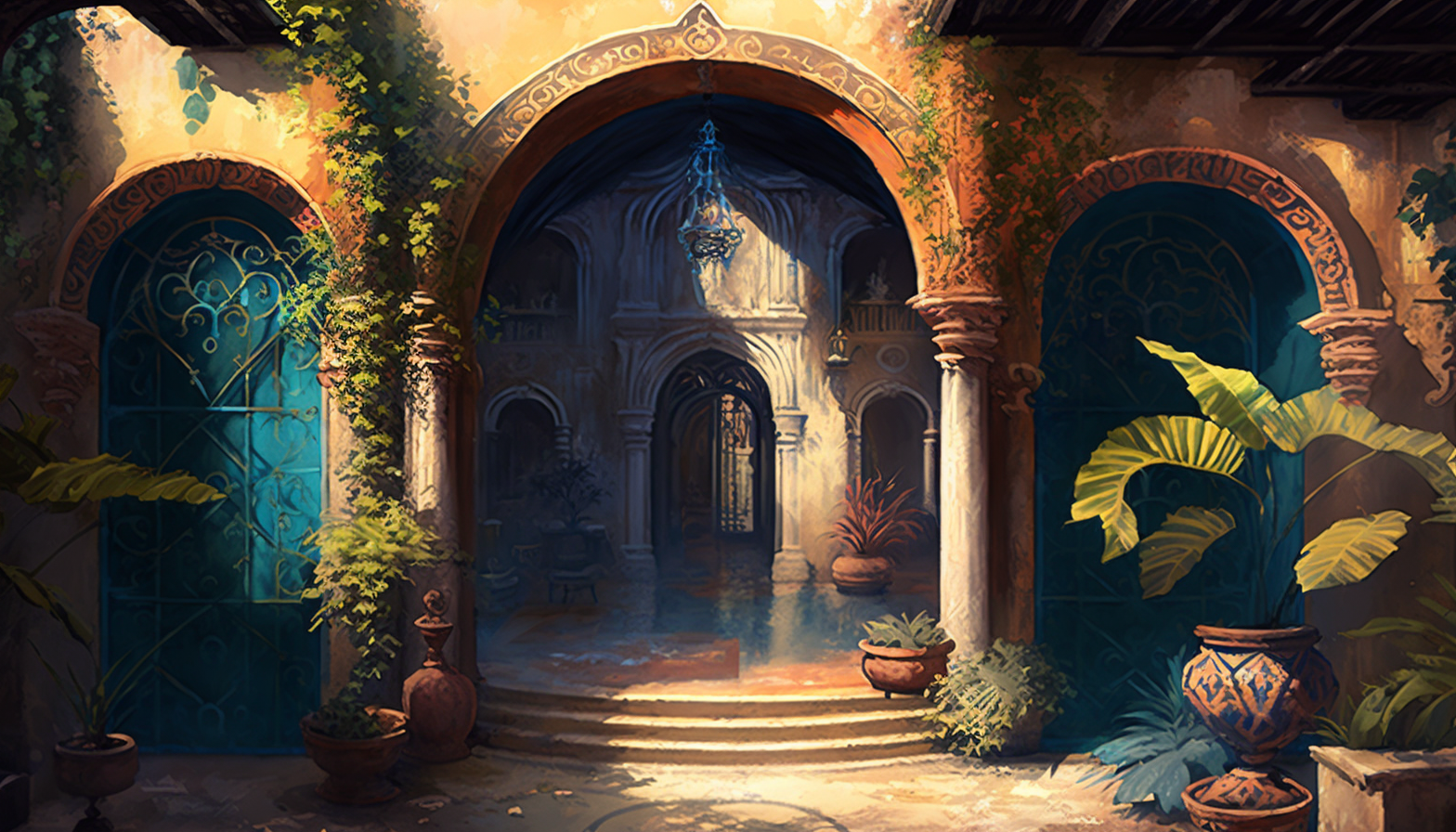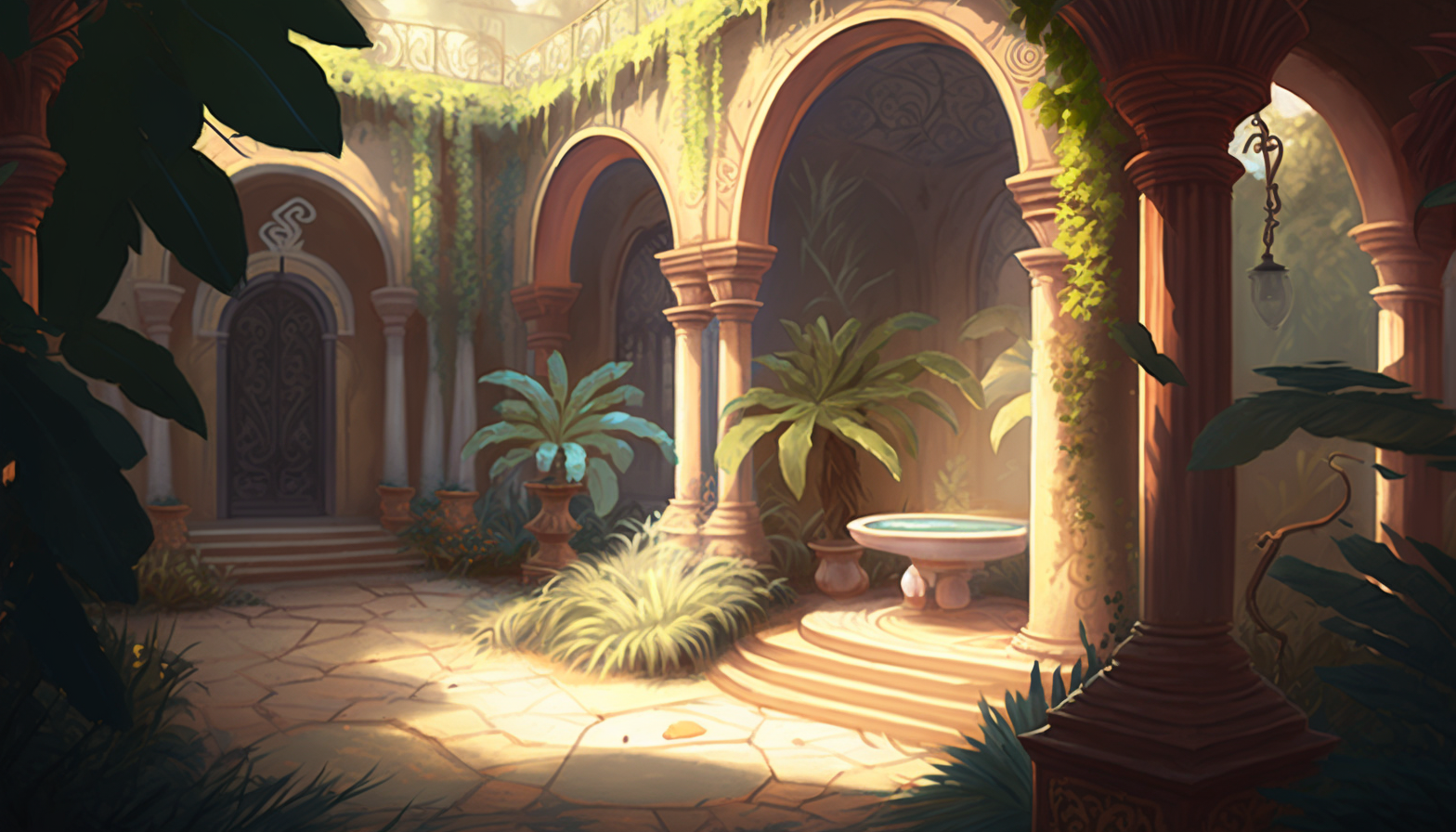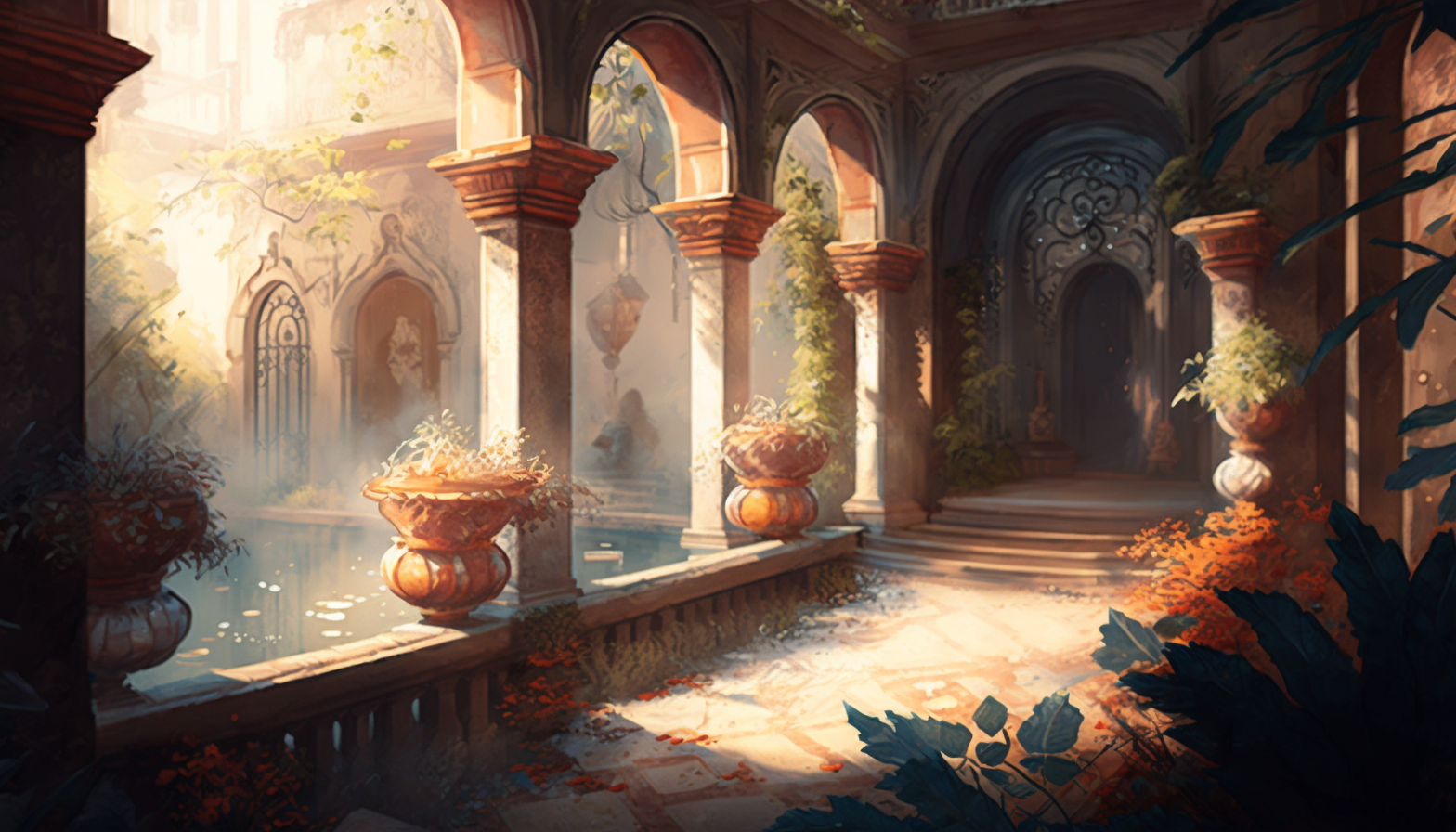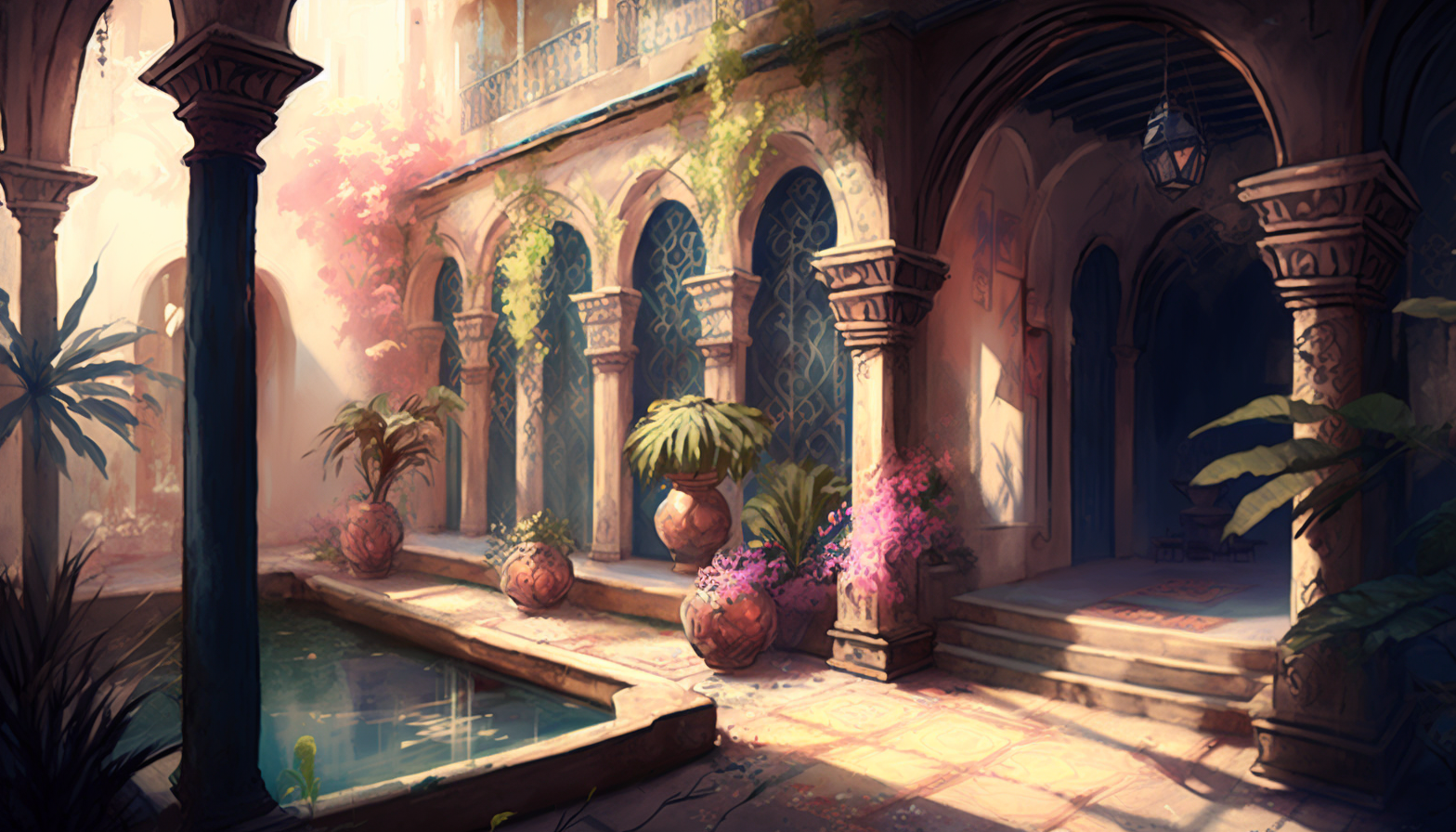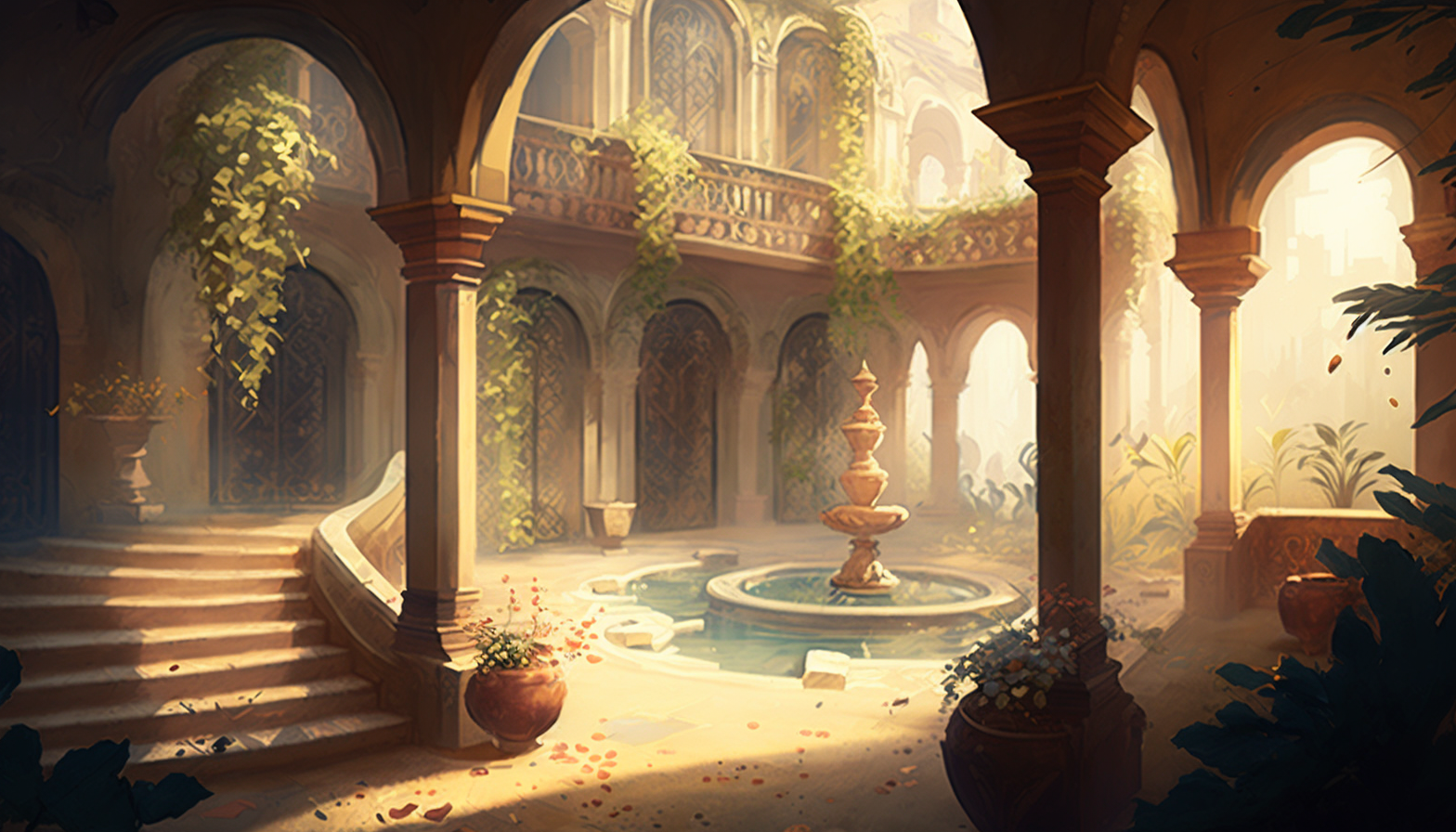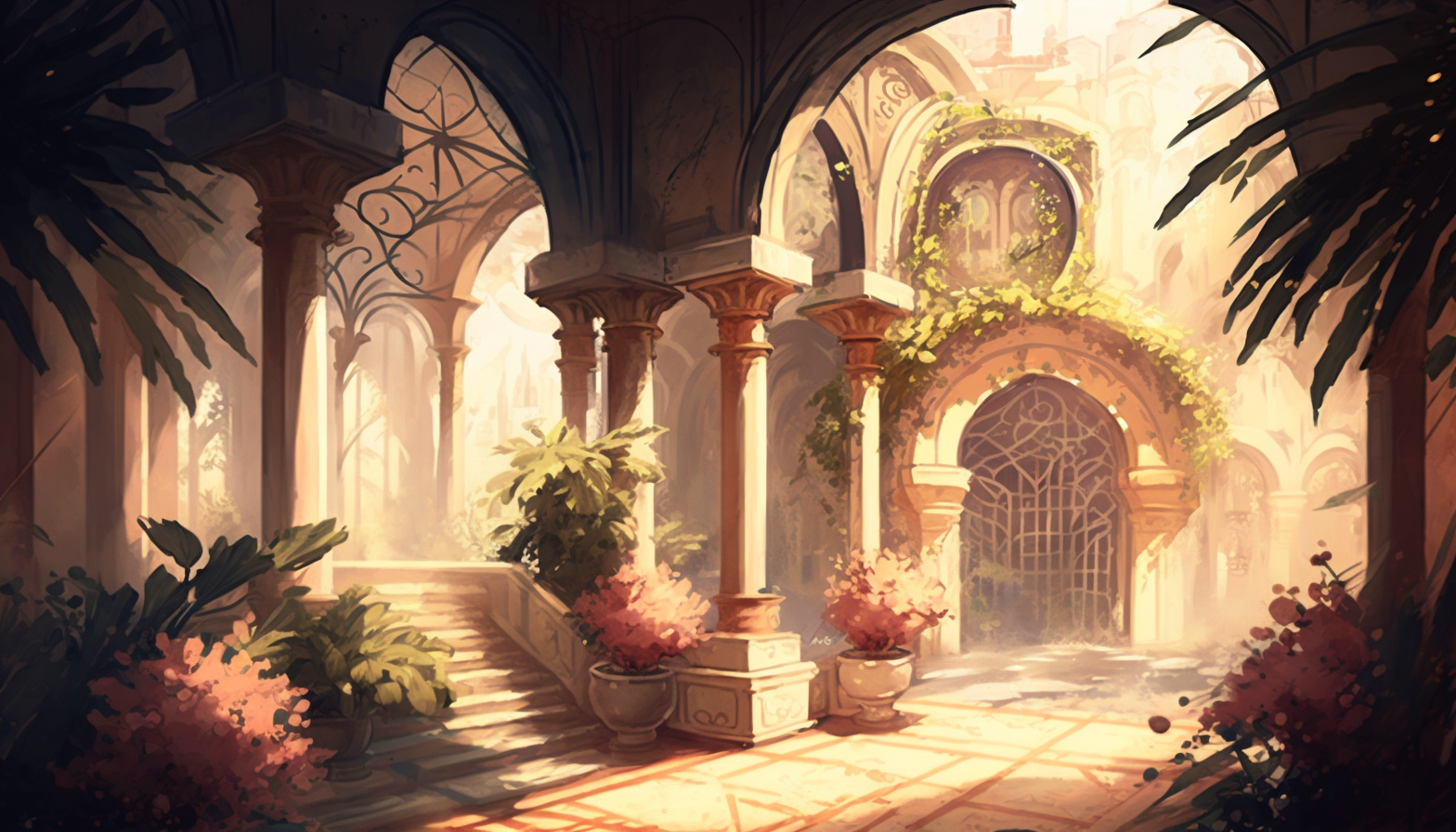
Enhancing the Creative Process: How Midjourney Can Benefit Scene and Set Designers
As any scene or set designer knows, the creative process of bringing a production to life can be a challenging and multifaceted task. From initial concept development to final execution, each step of the process requires careful consideration and attention to detail. One tool that can enhance this process is Midjourney, a virtual reality software that allows designers to experience their creations in a more immersive way. In this blog post, we'll explore how Midjourney can benefit scene and set designers, and offer practical tips on how to incorporate it into your creative process.
One of Midjourney's unique features is its ability to simulate real-world environments in 3D. By creating a virtual space that accurately represents the dimensions and layout of a physical space, designers can test different design choices and get a sense of how they will work in reality. This is particularly useful for set designers who need to ensure that their designs work seamlessly with the movements of the actors and the technical requirements of the production. Midjourney also allows designers to experience the space from the perspective of the audience, giving them a sense of how the design will look and feel from different angles.
Another benefit of Midjourney is its ability to save time and resources during the design process. Traditionally, designers may need to create physical models or mock-ups of their designs to get a sense of how they will look in real life. With Midjourney, designers can skip this step and create virtual prototypes instead. This not only saves time and money, but also allows for greater flexibility in the design process. If a design doesn't work as intended, it can be easily modified in the virtual space without the need for costly physical changes.
To incorporate Midjourney into their creative process, scene and set designers should start by creating a 3D model of the space they are designing for. This can be done using software such as SketchUp or Blender, or designers can hire a 3D artist to create the model for them. Once the model is complete, it can be imported into Midjourney and designers can begin to explore the space in virtual reality.
During this process, designers should note any design elements that aren't working as intended and make changes where necessary. They should also experiment with different lighting, colour schemes and textures to get a sense of how these elements affect the overall look and feel of the space. Designers can even use Midjourney to test different props or set pieces and get a sense of how they will work within the space.
In conclusion, Midjourney is a powerful tool for scene and set designers looking to enhance their creative process. By allowing designers to experience their designs in a more immersive way and saving time and resources during the design process, Midjourney can help bring productions to life in a more efficient and effective way. By incorporating Midjourney into their workflow, designers can ensure that their designs are functional, visually compelling and ultimately contribute to the success of the production.
I used the following prompt:
A sun-drenched Mediterranean courtyard, with terracotta tiles and ornate fountains. The courtyard is surrounded by stately, fractal-adorned columns and arches, creating a sense of grandeur and timelessness. The lighting is bright and warm, with the sun casting long shadows across the tiles. The mood is peaceful and relaxed, with a hint of nostalgia for simpler times. - ethereal dreamscape::5 vivid, pastel colors, soft and flowing lines, blending fantasy and reality::4 mixed media, painting and digital art, created with a Wacom tablet and stylus::3 dreamlike atmosphere, unique and imaginative world, whimsical details and designs::3 realistic figures and objects that pop against the surreal background::-2 --ar 16:9
